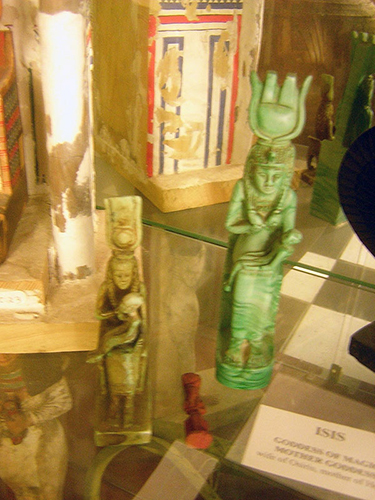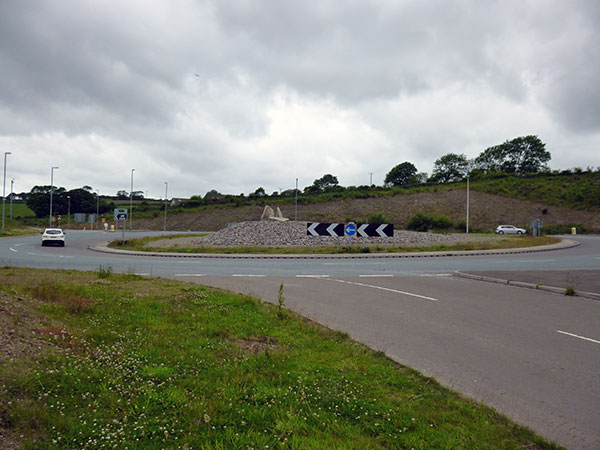
Virgo
Virgo’s sheaf of wheat lies over the village of Dobwalls and the triple stone circle known as the Walls of Dobbe.. Her body is criss-crossed by ancient and modern trackway and appears to be in a state of flux. Until 2006, her Mons Pubis was formed by the Dobwalls Adventure Park; since 2006 her right nipple has been formed by the Twelve Woods Roundabout, known locally as the Virgin's Nipple.
In mythology Virgo, the Virgin, is associated with the goddesses of justice or crops. Justice is symbolised by the adjacent scales of Libra, the crops are represented by the corn ears that Virgo holds in the area of the bright star with the Latin name Spica which means corn ear.
She is known as the ancient Babylonian goddess Ishtar, Queen of the Stars, lover of the corn god Tammuz. She mourns his death every autumn when he is cut down in his prime. During the winter, she journeys to the Underworld to bring him back after which he appears as new, green corn every spring.
Stories of the Roman Venus and Adonis and of the Egyptian Isis and Osiris, and the Asiatic Cybele and Attis are all variations on this theme.
The Walls of Dobbe are a group of three stone circles lying in the centre of Dobwalls village. These circles are interpreted as aspects of a lunar goddess. The first circle represents the left hand crescent moon, or virgin, and comprises of seven irregular granite stones. The second circle, represents the full moon or mother, also comprises seven irregular stones of similar height. The third circle represents the left hand crescent moon or crone and stands beside a row of trees. It consists of six stones, one of which is distinctively pointed and taller than the rest. As water courses run below the stone circles, the power of the stones are encapsulated and controlled by the cultural form of the triple circle. The centre axis of the circles extends southwards into an accurate moon observation line, whilst to the north it marks the rising of the star Spica.


In the centre of the Virgin’s Nipple, stands a cairn topped by a pink granite dolmen (cromlech or quoit), it is encirceld by a ritual trackway, and stimulated by traffic flow.
The dolmen resembles a bronze age cairn. It was erected in 2013, in response to controversies arising from our earlier surveys of the Virgo figure and the other Moorland Similacra.
A dolmen, also known as a portal tomb, portal grave, or quoit, is a type of single-chamber megalithic tomb, usually consisting of three or more upright stones supporting a large flat horizontal capstone (table), although in this case, the capstone is placed to one side.
The circle of stimulation is enhanced by the natural healing radioactivity of the stones. Sound and structure are simply different manifestations of the same universal mathematical constants creating a relationship between the seen and the unseen worlds within and around us. Out of this vibratory field comes an awakening and quickening of spiritual consciousness.
bodmin moor zodiac index
buy the bodmin moor zodiac book
| Leo | Virgo | Libra | Scorpio |
| Sagittarius | Capricorn | Aquarius | Pisces |
| Taurus | Aries | Gemini | Cancer |